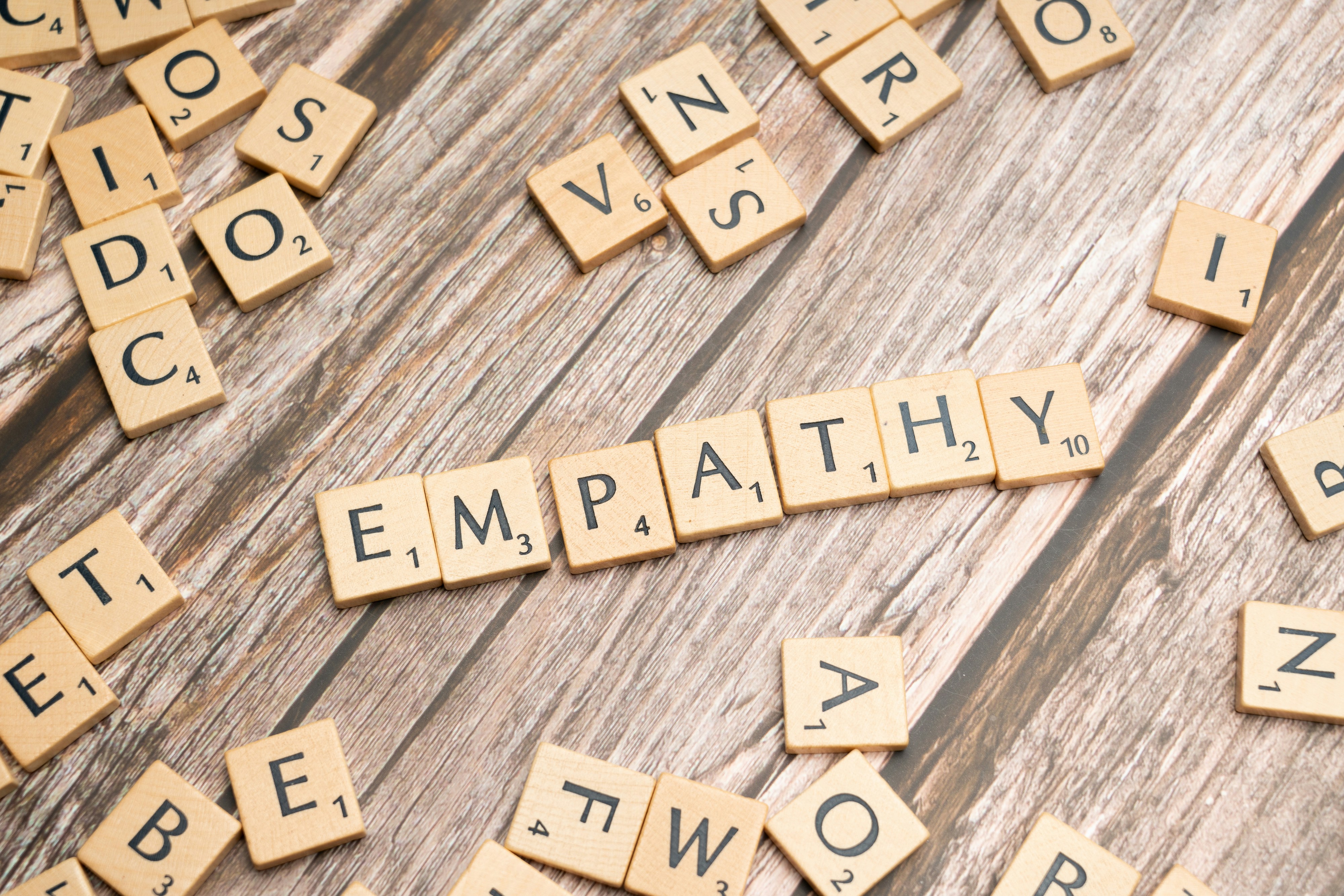The Blockchain of Emotions: Transform AI with Digital Empathy
The nascent field of digital empathy is redefining the relationship between humans and technology. Imagine a world where artificial intelligence (AI) can understand and respond to human emotions authentically—a breakthrough that transcends data-driven algorithms and taps into the complex fabric of human connections. With the rise of AI, harnessing digital empathy could revolutionize interactions, transforming mundane exchanges into profound connections. In this article, we'll explore how digital empathy, underpinned by concepts like the blockchain, can reshape our interactions with technology and each other while enhancing our emotional well-being.
What Is Digital Empathy?
Digital empathy refers to the ability of artificial intelligence to recognize, understand, and respond to human emotions. This concept is rooted in empathy itself—taking the ability to feel and share the emotional experiences of another—and integrating it into the digital world. By leveraging data from social media interactions, wearable technology, and other emotional-tracking tools, AI can deliver personalized responses that feel more human and less mechanical.
This transformative potential lies in AI not merely responding to queries or executing commands, but understanding the emotional context behind those interactions. Imagine a customer service chatbot that senses your frustration and adjusts its responses accordingly. Or a virtual therapist that truly "gets" you, improving mental health care accessibility and outcomes.
The Interplay of AI and Empathy
The potential for AI to learn and leverage emotional intelligence is a significant frontier in technology. As noted by leading voices in tech innovation, such as those at Harvard Business Review, emotional intelligence is just as critical as cognitive intelligence in creating meaningful AI interactions. Platforms like human-centric social media demonstrate how AI can be programmed to facilitate more profound emotional connections, leading to better user experiences.
Empathetic AI in Practice
Empathetic AI has practical applications across various sectors, from healthcare to customer service. For instance:
-
Mental Health: AI-driven tools can recognize emotional cues through voice modulation and facial expressions, enabling timely and empathetic responses to users seeking therapy. Applications like Woebot have shown notable effectiveness in connecting with users by predicting their emotional state.
-
Customer Service: Today's customers expect personalized experiences. AI tools equipped with emotional analytics can tailor responses to match user sentiment. Companies employing AI in their customer service operations can reduce resolution time and enhance customer satisfaction.
-
Education: In educational settings, AI can gauge student engagement and adapt teaching methods to cater to individual learning needs while fostering emotional resilience.
By integrating digital empathy into AI, companies can create models that resonate not just cognitively with users, but also emotionally, paving the way for trust and reliability.
Blockchain: The Trust Layer for Digital Empathy
One of the most compelling aspects of this new empathetic landscape is its association with blockchain technology. Blockchain acts as a decentralized ledger that can enhance transparency and trust—two vital components for nurturing emotional mentalities in tech. But how does this connection work? Here are some insights.
Importance of Trust in Emotional Connections
For AI to act empathetically, it needs to build trust with users. Trust is pivotal in any relationship, and when it comes to AI, this trust relies on:
-
Data Authenticity: Users need assurance that their data is secure and used respectfully. Blockchain can provide an immutable record of transactions, assuring users that their emotional data is not manipulated.
-
Privacy Protection: With increasing concerns about data privacy, a blockchain-based system could grant users control over their information and its usage, thereby fostering a healthier interaction between humans and machines.
-
Transparency: Users must understand how AI interprets their data. A blockchain framework can track how AI algorithms are refined over time, allowing users to see changes made based on emotional insights.
The merging of blockchain and digital empathy could create a cycle of positivity where trust fosters emotional sharing, leading to more responsive AI systems capable of genuine connections.
Real-World Implications and Challenges
Though promising, the journey toward establishing digital empathy through blockchain is fraught with challenges. Companies must commit to ethical standards, address biases in algorithms, and ensure effective training for AI on emotional nuances.
Addressing Bias and Ethical Considerations
Not all AI systems are created equal. Biases in training data can lead to misinformation and unintentional emotional misinterpretations. It’s imperative to ensure diverse data inputs to expand the AI's understanding of emotions across different cultures, experiences, and contexts.
Moreover, ethical AI design must prioritize users’ emotional well-being by promoting quality interactions. Tactics like auditing algorithms and implementing community input can foster a more equitable environment.
Future of Digital Empathy and AI
As we look to the future, the potential for digitally empathetic AI cannot be overstated. The World Economic Forum contends that as we usher in an era dominated by AI, the focus will increasingly center on user experience, particularly as our interactions span myriad contexts, including social media networks like LinkedIn and Instagram.
The collaborative potential of digital empathy paves the way for innovations in user-centered design and AI experiences that reflect our emotional landscape. But how do we prepare for this future?
-
Stay Informed: Utilizing blog posts like trends in digital empathy can help users stay updated with industry innovations.
-
Engage with AI Tools: Familiarize yourself with current AI platforms that emphasize emotional awareness, such as health-support chatbots and interactive learning environments.
-
Champion Ethical Standards: Advocate for responsible AI design and the incorporation of community voices in shaping AI interactions.
Final Thoughts
The integration of digital empathy into AI systems heralds a new era of technology that resonates deeply with our emotional lives. By harnessing the blockchain's transparency and trust factors alongside empathetic AI’s relational capabilities, we can foster a digital landscape where emotions are respected and valued.
Thus, as we traverse this evolving digital realm, keep in mind the importance of emotional intelligence not just for AI, but in our everyday interactions. The relationship between technology and humanity is an ongoing journey—one that, with empathy at its core, could lead to a deeper understanding and appreciation of what it means to connect.
Unlock this transformative potential and become a champion of digital empathy. Together, we can create technology that speaks to the soul.









